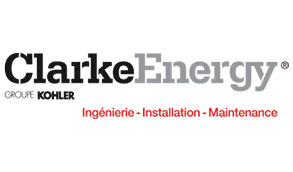Electricity distribution networks are often subject to accidental faults. In other words, these faults occur as a result of occasional circumstances with no apparent cause. It is therefore essential to install protection systems .
METAL DEPLOYE RESISTOR offers a range of neutral point resistors or earthing resistors (MALT) which allows this, according to your electrical needs and your environments.
Earthing resistance (MALT)
Protection of electrical distribution networks (transformer) reinforced thanks to the earthing resistance
Only methods using resistance allow:
- quick and easy fault detection
- to offer reference potential whose stability is suitable
- current control for artificially created short circuits
- maximum security for the environment
The type of protection depends on the treatment of the neutral line, which can be done via 3 different methods.
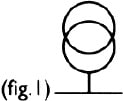
Isolated neutral: for small size and low voltage networks
This technique is preferred for small size and low voltage networks because it induces significant risks in the event of a phase earthing.

Direct neutral earthing: 20 to 30 times the value of the nominal current
The neutral line of the system is directly connected to earth. In such a case, the short-circuit current can reach 20 to 30 times the value of the rated current.
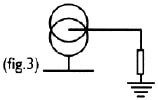
Earthing of the neutral with limitation of the fault current
This technique consists of inserting an impedance between neutral and earth.
Electrical impedance measures the opposition of an electrical circuit to the passage of a sinusoidal alternating current. An impedance will therefore play a role in retaining or obstructing the current.
The concept of impedance makes it possible to apply the formulas used in continuous mode to sinusoidal conditions, while integrating the effect of capacitive and inductive elements.
There are 3 types of impedances:
- Resistance
- Reactance
- Arc extinguishing coil (Petersen coil)
A tailor-made, technical and reliable earthing resistance for all application sectors

For multiple applications, often with demanding constraints and located throughout the world, METAL DEPLOYE RESISTOR provides a suitable technical solution:

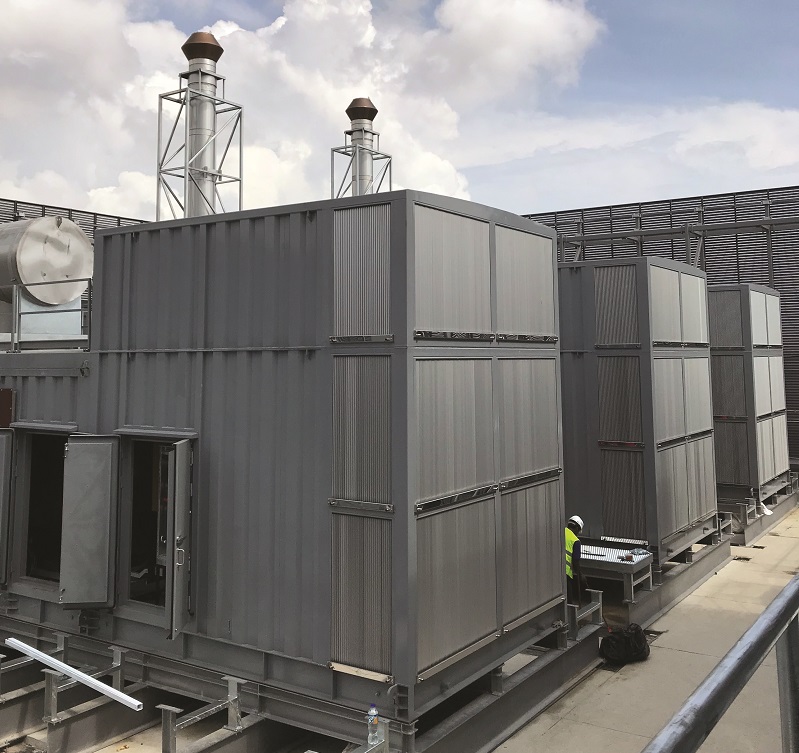
Integrate all types of accessories
Our resistors can integrate all types of accessories:
- CT,
- Control elements,
- SIGMA Relay,
- Contactors,
- Switches….
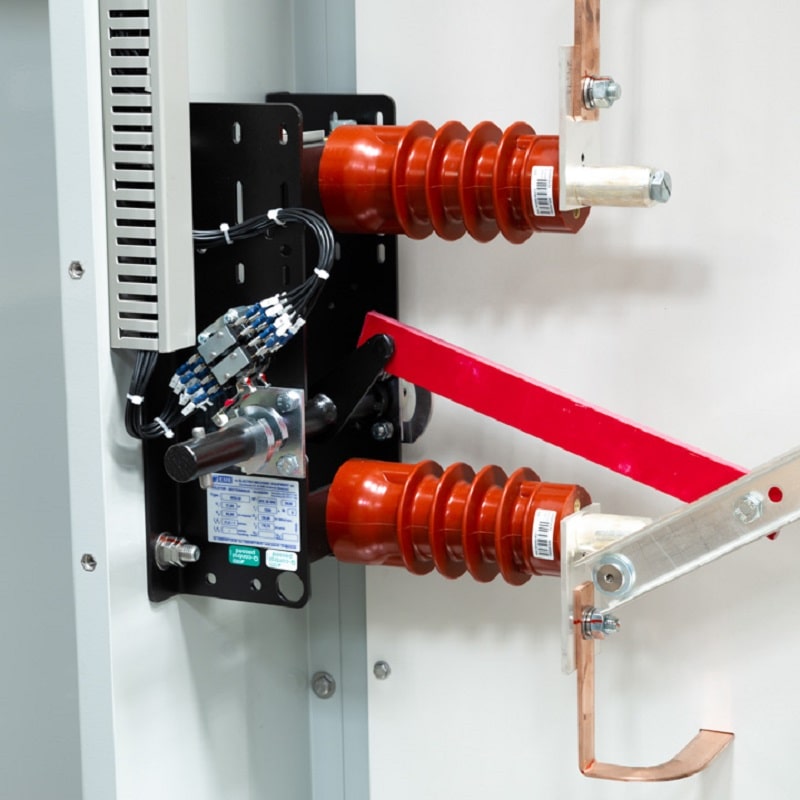
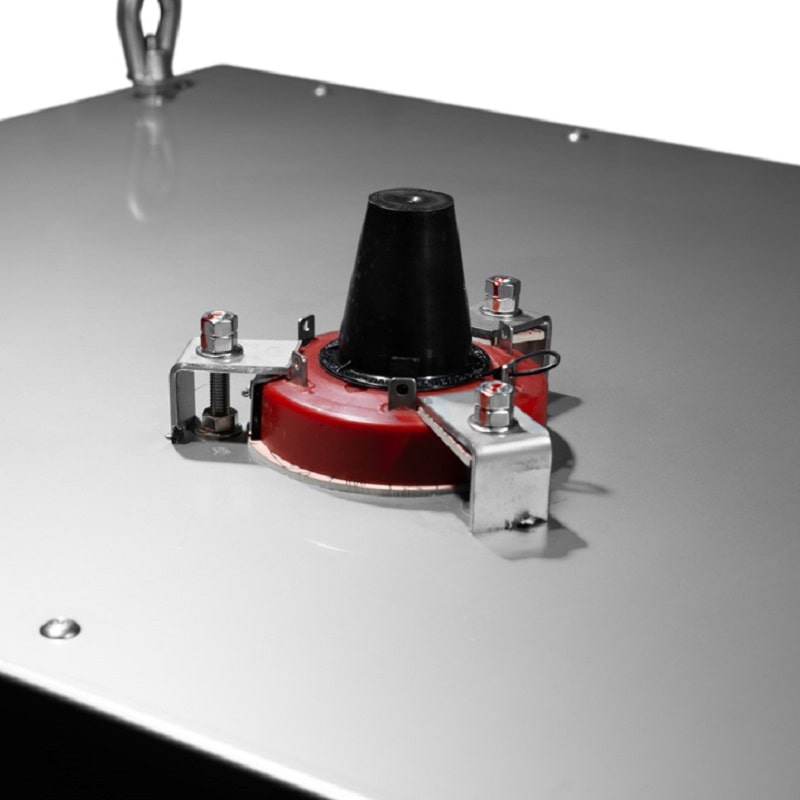
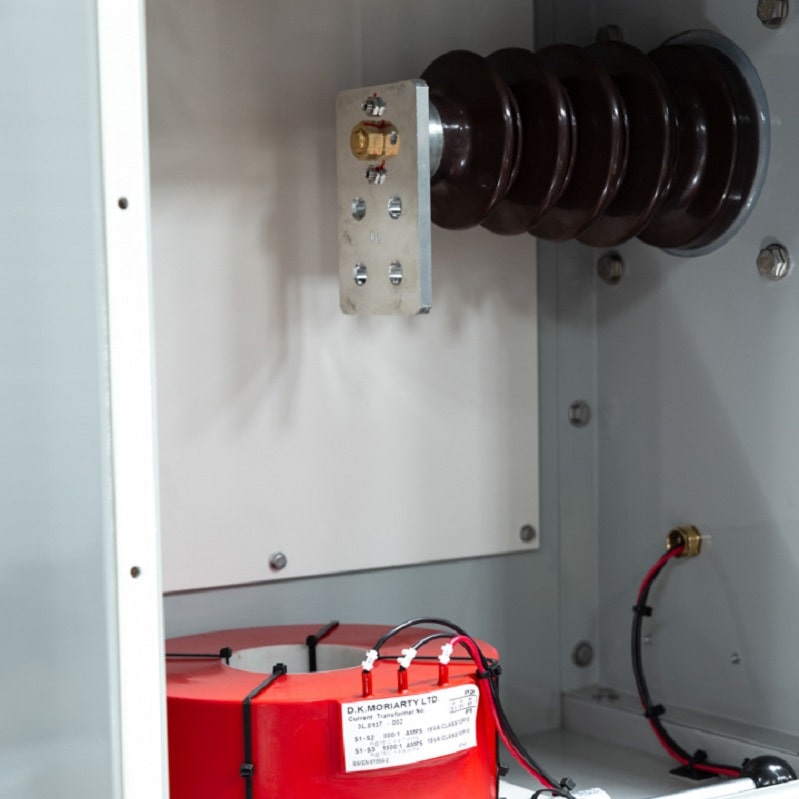
METAL DEPLOYE RESISTOR earthing resistors: designed in compliance with current standards
All METAL DEPLOYE RESISTOR earthing resistors are designed in accordance with EC289 and EEE32-1972 standards .
Indeed, these standards define a maximum admissible temperature of the resistor according to the duration of the fault.
This temperature for resistant stainless steel elements is 760 ° C for a short-term fault.
How to calculate and size an earthing resistance?

The calculation of an earthing resistance is based on 3 criteria, namely:
- t (in s.) duration of the fault
- U (in V) network line voltage
- I (in A) intensity of the current flowing through the resistor during the fault
From this calculation, we can infer the necessary resistance value, with the formula:

The resistance mass is then obtained by calculating its adiabatic heating during the fault thanks to the simplified equation:

The METAL DEPLOYE RESISTOR team , is at your disposal to define the specific parameters related to your needs.
Our range of resistors meets the international standards .



















